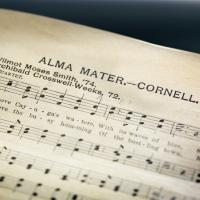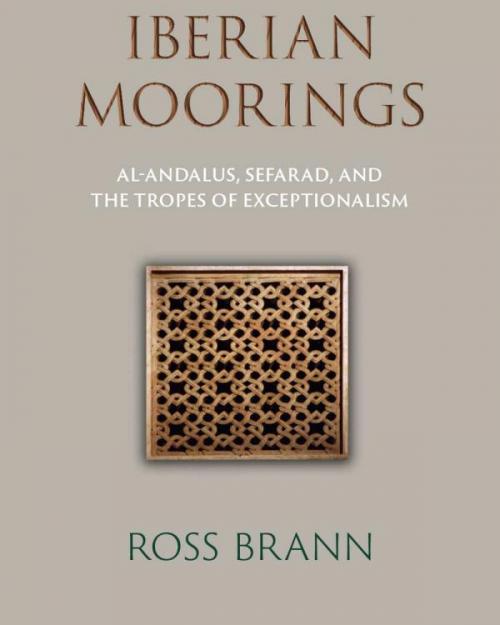Known to Jews, Muslims, and Christians by three different names – Sefarad, al-Andalus, and Hispania, respectively – the Iberian Peninsula has been a center of fertile intellectual, cultural and spiritual production for multiple religious traditions.
In his new book “Iberian Moorings,” Ross Brann, Milton R. Konvitz Professor of Judeo-Islamic Studies and Stephen H. Weiss Presidential Fellow, compares the histories of the Jewish and Muslim traditions in the Iberian Peninsula between the tenth and thirteenth centuries, tracing how Islamic al-Andalus and Jewish Sefarad were invested with special political, cultural and historical significance across the Middle Ages.
For centuries, Brann wrote, scholars have celebrated the “Islamic Spain” of the medieval period and a “Golden Age of the Jews of Spain” during the same time.
“They designated al-Andalus or Sefarad as a place where exceptional social and religious tolerance prevailed and produced far-reaching intellectual and cultural achievement,” Brann wrote. “Al-Andalus and Sefarad have long since metabolized and come to constitute tropes of culture with histories of their own, fertilized and constructed by the interface of memory and the history constructed from it, the literary imagination and geographical desire. The tropes persisted as powerful and comforting, if nostalgic, signs of Andalusi-ness and Sefardi-ness, even when al-Andalus and Sefarad were no more.”
The Muslim polity of al-Andalus ended and the Jews, a minority population, were expelled from Spain in 1492 by royal charter. The same year, Christopher Columbus sailed west.
In 1992, 500 year commemorations of these events caught Brann’s attention.
“I was inspired to investigate the origins and trajectory of the trope of Andalusi, Sefardi and Spanish exceptionalism when, in 1992, I observed its currency during the celebratory and critical commemorations of the quincentenary of the end of al-Andalus as an Islamic polity, the expulsion of the Jews, and the voyages of Columbus,” Brann said. “These were interrelated events.”
What linked these two cultures besides the land they both inhabited at the same time?
Both al-Andalus and Sefarad benefitted from the fertile terrain, which produced agricultural wealth, Brann wrote. Both Andalusi Muslims and Sefardi Jews claimed noble ancestry going back to the classical ages of their respective traditions: the Muslims from the lineage of the Prophet Muhammad’s clan and the Jews from the Jerusalemite aristocracy of biblical Israel.
In addition, both al-Andalus and Sefarad were bastions of religious orthodoxy and tradition, Brann wrote. And the elites of both claimed a combined aesthetic intellectualism called “adab.”
“'Adab' signified refined manners, a finely tuned aesthetic sensibility, and cultural sophistication in the form of surpassing knowledge of the arts and sciences, and control of the discourses reflecting and conveying such etiquette,” Brann wrote.
“As places as well as ideas, al-Andalus and Sefarad followed similar, if not entirely shared, historical trajectories,” Brann wrote. “From the mid-tenth through the early thirteenth centuries, al-Andalus and its polity and Sefarad and its community were integral players in the western Mediterranean.
Also, Jewish culture coming out of that place and time was dependent on the Islamic polity, Brann said: “The Jews’ literary production in al-Andalus (Islamic Spain) represents a subcultural adaptation of Arabo-Islamic values, literary genres, and thought."
The first chapter of the book traces the early stages of the idea of Andalusi Muslim exceptionalism in the ninth and tenth centuries. The second chapter, “Without al-Andalus, There Would Be no Sefarad,” examines how and why tenth century Jews living in the Andalusi state came up with ideas of their own exceptionalism.
“The Andalusi Jews mirrored the Andalusi Muslim elites’ claim to dignity and distinction and adapted the majority’s rhetorical strategies and idioms to their own minority circumstance,” Brann wrote.
The following chapters elaborate on the eleventh and twelfth centuries, “politically fractured yet culturally productive periods for Muslims and Jews alike,” and the writings of medieval authors who carried stories of these cultures to the Islamic East.





